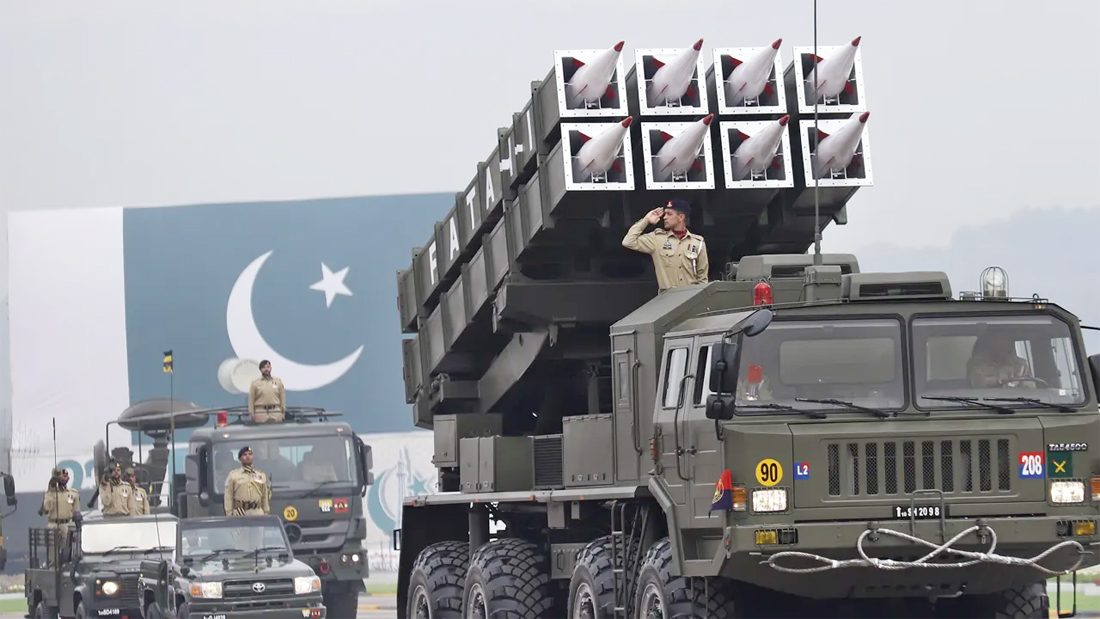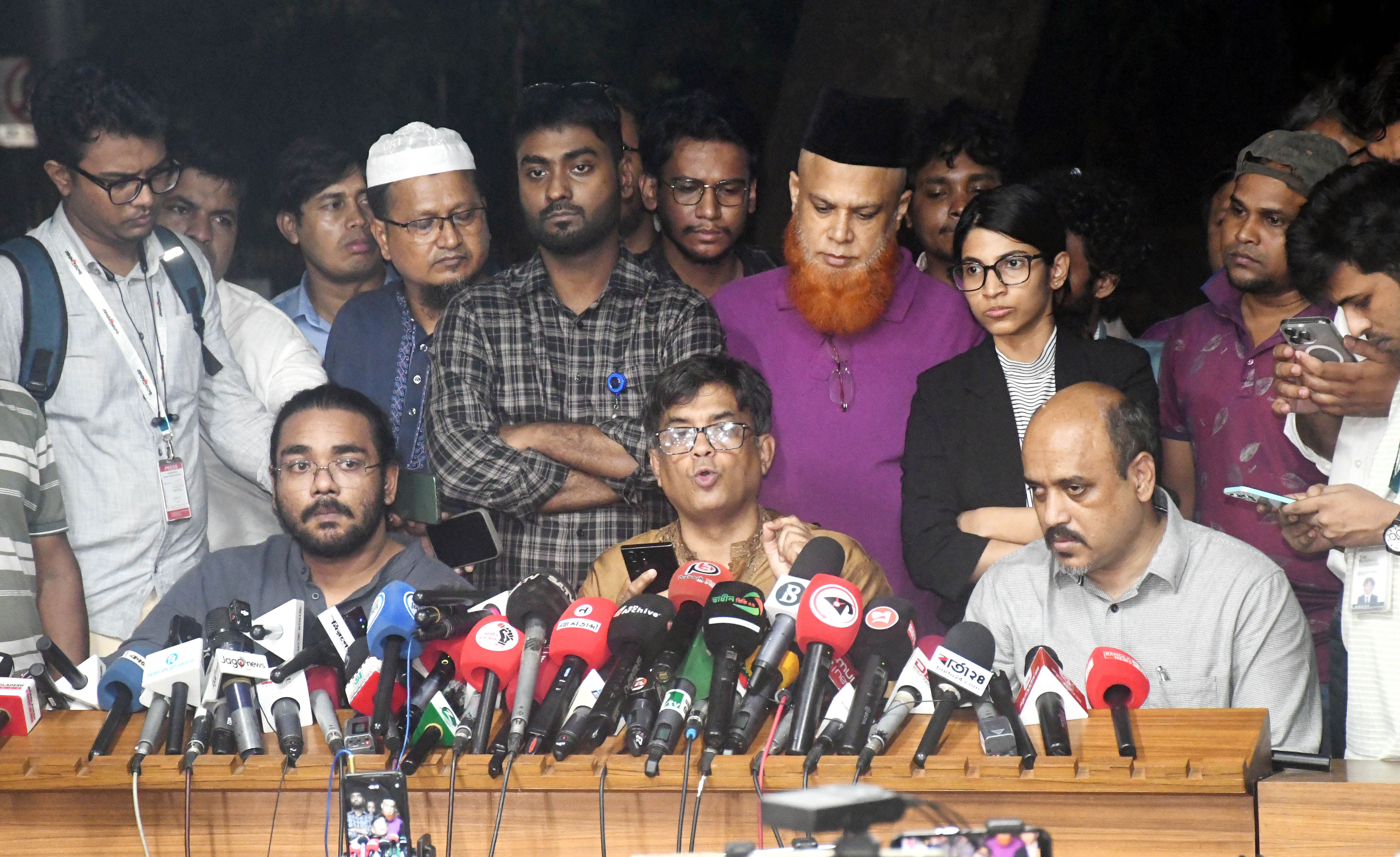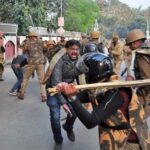
Online Desk: Pakistan, often seen as a peace-oriented nation, has endured prolonged exposure to terrorism, frequently fuelled by foreign elements. One significant concern is Indian interference, particularly through its alleged support for separatist groups like the Balochistan Liberation Army. The capture and confession of Indian intelligence operative Kulbhushan Jadhav served as a stark example of India’s efforts to destabilize Pakistan.
Despite such provocations, Pakistan has consistently opted for diplomacy over confrontation. Simultaneously, India’s internal human rights issues—especially its treatment of minorities—have garnered global criticism. Instead of addressing these domestic problems, India often shifts blame to Pakistan, as seen in incidents like the Pulwama attack and the Samjhauta Express tragedy, where accusations were levelled without conclusive evidence.
This pattern of blame undermines regional peace efforts and stokes unnecessary tensions. The longstanding Kashmir dispute, recognized internationally but treated by India as a domestic issue, remains a core source of conflict. Even as India seeks to internationalize its terrorism narrative, it resists external scrutiny on Kashmir.
In this context, after the Pahalgam incident and missile attacks from Indian Illegally Occupied Jammu and Kashmir (IIOJK), Pakistan launched Operation Bunyan Al-Marsoos as a defensive measure to safeguard its sovereignty. The operation proved both tactically and symbolically significant. Pakistan’s military response crippled key Indian installations while avoiding civilian targets, underscoring professional restraint.
It also demonstrated Pakistan’s growing capabilities in hybrid warfare, including cyber operations and effectively intercepted a significant portion of Indian missile barrages using a combination of indigenous and Chinese-supplied air defence systems.
The conflict marked a critical shift in South Asia’s security dynamics. Pakistan’s multi-domain strength—including successful air battles, interception of BrahMos missiles and neutralization of swarm drone attacks—compelled India to agree to a ceasefire within 24 hours. With 26 strategic Indian sites struck in response to India’s nine, Pakistan exhibited not just defensive readiness but offensive precision.
Internationally, Pakistan maintained diplomatic support. The IMF continued its financial co-operation and key allies like China and Turkiye stood by Islamabad. Meanwhile, India’s missteps—including operational failures and a failed “Operation Sindoor”—drew scrutiny, weakening its narrative and exposing vulnerabilities.
Domestically, the situation unified Pakistan and shifted international attention away from baseless allegations of terrorism sponsorship towards India’s role in regional instability. Pakistan used the crisis to reshape global perceptions, highlighting evidence-based responses while bringing Kashmir back into international discourse.
Detailed post-strike briefings, supported by satellite imagery and electronic data, countered Indian claims and demonstrated Pakistan’s strategic superiority. Even India’s advanced systems like the S-400 were effectively neutralized. Ultimately, the operation reinforced Pakistan’s position as a militarily capable and diplomatically balanced state.
The conflict demonstrated that peace in South Asia cannot rest on rhetoric alone—it requires a well-equipped, modern military to deter aggression and maintain regional stability. For Pakistan, the lessons are clear: strength must underpin diplomacy and national unity remains essential in confronting external threats.





